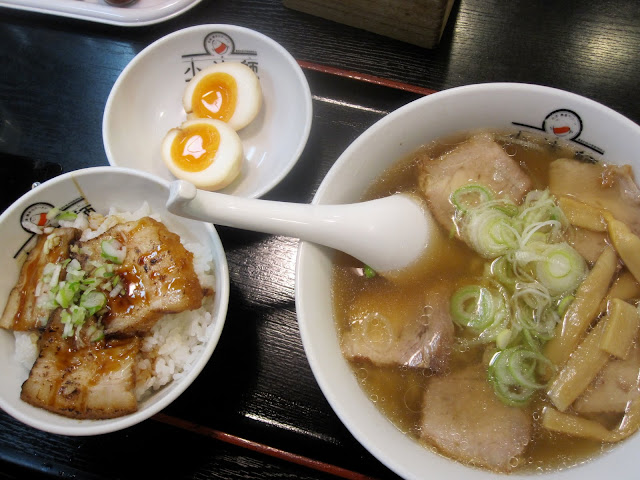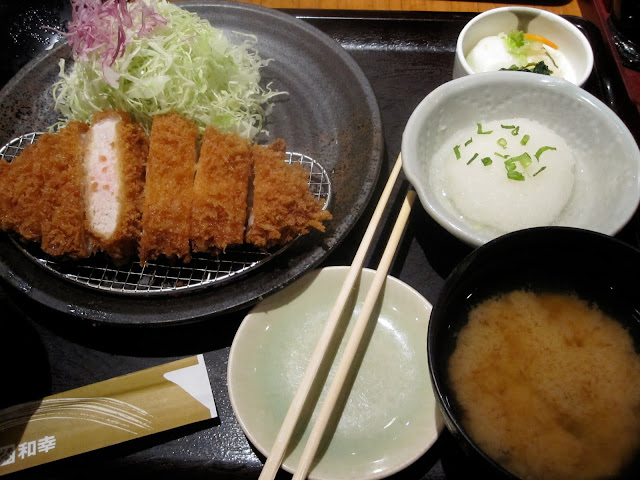 Fugu
Fugu is pufferfish, the deadly poisonous pufferfish that is also a delicacy in Japan. When prepared improperly, fugu causes paralysis and death and has no known antidote -- which for the adventurous makes it even more appetizing.
But I exaggerate -- fugu is very seldom prepared improperly because to cook, serve and sell it, you need a special license -- a license not to kill your customer. Fugu specialty restaurants in Tokyo hang their licenses for all customers to see.
I had the full course fugu meal one autumn evening in Tokyo. I had absolutely no qualms about it, was more curious than nervous and had high expectations given that I was taken by my Japanese host to a very well known fugu restaurant near Tsukiji market.
The meal started with a small dish with three tiny slivers of white fugu meat, marinated in a light ponzu sauce. It reminded me of a blander and milder kinilaw. This was it? This was fugu?
Next up was fugu sashimi, very thinly sliced to the point of being translucent. Given its deadly reputation, fugu is actually very mild, the flavor quite nondescript.
The sashimi was quickly followed by a small salad of raw fugu slices seasoned with vinaigrette and topped with micro greens and sweet corn.
After the salad course, the waitress came in bearing containers of hot sake -- oh goody, they were going to get me drunk so I wouldn't notice when paralysis sets in!
With my hot sake, I was given a tiny dish of pieces of dried fugu skin.
My host instructed me to put these in my empty glass, pour the hot sake over it and quickly light a match over the glass. So, I thought -- if I don't die from fugu poisoning, I can always blow myself up to kingdom come.
I was told that lighting the match and quickly extinguishing the flame would lessen the sake's alcohol content allowing for the fugu taste to rise above the sake fumes. What did it taste like? How about "Daing Daiquiri", does that give you an idea?
The next dish served was deep fried breaded fugu -- fugu and chips! Anything deep fried will always taste good, even bland fugu.
All those little courses were just precursors to the main event -- the fugu nabe. Fugu being an autumn delicacy, lends itself well to nabe, the one dish hot pot meal that Japanese eat during autumn and winter.
The nabe, cooked shabu shabu style came with large platters of sliced fugu, mixed vegetables,
tofu, noodles, celery stalks, all laid out for swishing and cooking in the communal pot.
The last course of the fugu dinner had the waitress bringing in a large bowl of cooked rice, which
she put in the remaining nabe soup. Breaking some eggs into the pot, she made a quick and very delicious porridge -- with all the flavor and goodness of the fugu and the many ingredients that had gone into the nabe.
Fugu congee, I happily thought as I slurped away! Such good comfort food on a chilly night in Tokyo -- specially comforting since I had eaten the deadly fugu and lived!
N.B. I had fugu at TENTAKE , in the Tsukiji area in Tokyo. The full course fugu menu will set you back around Y13,000 per person.































